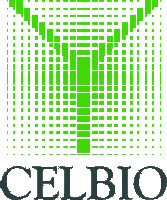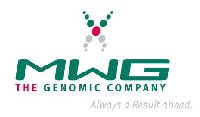 |
|
|
|
|
|
|

|
|
|
|
|
|
|
|
|
|
|
|
|
|
|
|
|
|
|
|
|
|
|
|
|
|
|
|
|
|
|
|
|
|
|
|
|
|
|
|
|
|
|
|
|
|
|
|||||||
|
The workshop will take place at Palazzo Ducale, Sala della MUTA, Piazza Cavour, Camerino MOTIVATION AND SCOPE The post-genomic era can be seen as characterized by two different scenarios: on the one hand, the huge amount of available biological data sets all over the world requires suitable tools and methods both for modelling biological processes and analyzing biological sequences; on the other, many new computational models and paradigms inspired and developed as metaphors of biological systems are ready to be applied in the context of computer science.
The workshop intends to bring together bioscientists and computer scientists and to compare their approaches and their ideas for solving computational biology open problems. In particular, we expect the participation of those who are developing novel bioinformatics tools and those who are working towards the vision of biological systems as a model for designing new tools. The workshop will also aim to inspire future collaboration between the different communities, to strengthen the relationships within the bioinformatics community, to activate a cooperation between bioscientists and computer scientists, to collect the latest ideas, achievements and proposals in computational models and metaphors from biology. TOPICS OF INTEREST Topics to be covered will include,but not limited to, the following list: From Biologists – Open problems in:
From Bioinformaticians – Novel techniques and computational tools in:
From Computer Scientists – Promising models and metaphors in:
|
|||||||


